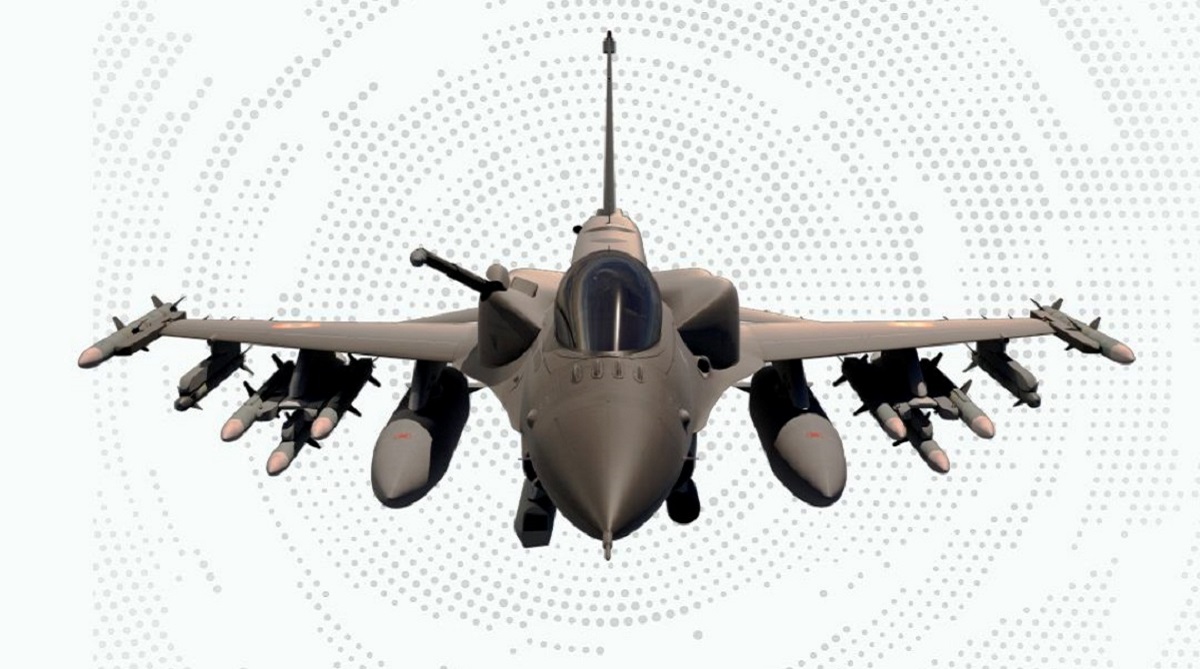IAF to conduct trial of landing facility on South Kashmir’s highway
Elaborate security and safety arrangements have been made by the authorities who have deployed mobile radars, CCTVs and other sophisticated equipment for the smooth trial.
The most important gain though could be for the Indian Advanced Medium Combat Aircraft (AMCA) which is meant to be a futuristic 5th generation fighter.

(Image: Twitter/@LockheedMartin)
Lockheed Martin’s offer to make F-21s — F-16s in new avatar — in India has opened up prospects for the Indian fifth generation fighter development programme but a possible tie-up with the US aircraft-maker will hinge on its commitment to honour license issues and the extent of technology transfer.
Senior officials told IANS that on the face of it, the Lockheed Martin’s proposal looks lucrative but as of now it remains only in the realm of an attractive sales pitch as there are many details that need to be thrashed out before it can become a win-win proposition for both sides.
The most important gain though could be for the Indian Advanced Medium Combat Aircraft (AMCA) which is meant to be a futuristic 5th generation fighter.
Advertisement
The project is still on paper and Lockheed Martin with its experience of F-35 and F-22 — the only two viable 5th generation fighters in the game — has gone through the process and learnt all the lessons. Even if it does not share all these lessons, the company can ensure life-long component support to India if such a partnership materializes, said an official.
India had walked out of a deal with Russia to jointly develop a 5th generation fighter because there was no gain in terms of transfer of technology. The project had turned into “joint production” instead of “joint development”, forcing India to call it off.
Lockheed Martin already has a thriving partnership with Tata Advanced System. The Indian company is making rapid strides making bodies of C-130s and Chinooks and will build C-295 turboprops for the Indian Air Force (IAF) and wings for F-16s.
India can benefit only if Lockheed Martin commits itself to transfer of technology and helping in building an ecosystem for aviation manufacturing. If technologies in terms of avionics, radars and sensors flow into AMCA, it will greatly help the project.
Lockheed Martin is not the only company which has offered to set up production facilities in India. But it has an advantage in terms of sheer numbers.
There are over 4,000 F-16s flying all over the world and if they all depend on an Indian production facility for product support, it will sustain the Indian entity for a long time. In comparison, there are only around 100 Gripens or 400 Rafales in business as of now.
Advertisement